At Pearl Lemon Catering, we know that success in catering goes beyond great food—it’s about delivering results that impress. With a KPI-focused approach, we fine-tune services, improve efficiency, and control costs. Whether it’s a corporate lunch or a lavish wedding, tracking KPIs ensures we’re always at our best.
Focusing on the right KPIs keeps our services sharp, our team on point, and our clients happy—every time. We track customer satisfaction, food costs, and service times to deliver exactly what our clients need—no more, no less.
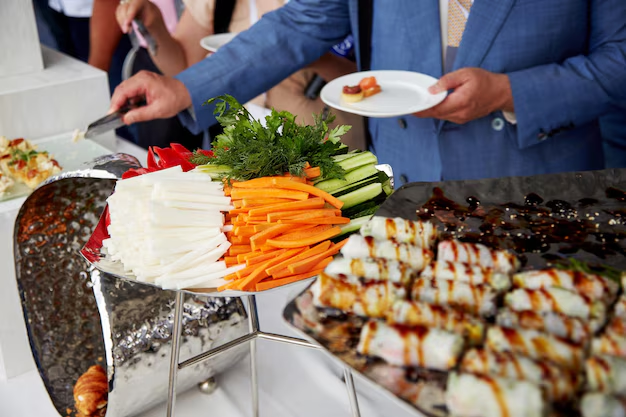
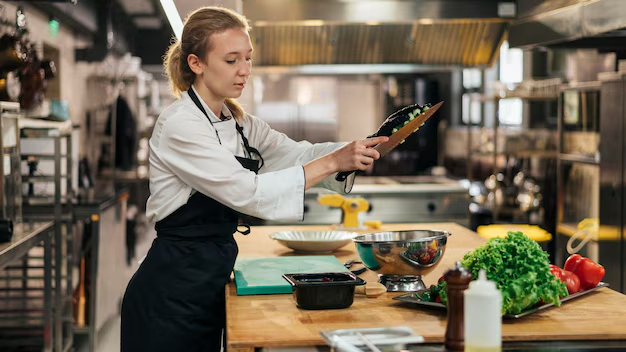
KPIs: The backbone of Our Catering Operations
In a city as competitive as London, KPIs are more than just numbers—they’re a vital part of how we run our business. We use data-focused insights to measure and manage what matters most: food quality, cost efficiency, client satisfaction, and timeliness. This approach ensures we’re always working smarter, not harder, and allows us to adapt in real-time during events to meet client expectations.
Customer Satisfaction (CSAT): The Heart of Client Loyalty
For us, nothing matters more than making sure our clients are satisfied. We track customer satisfaction (CSAT) because we know it’s the foundation of repeat business. From the moment the first dish hits the table to the final dessert, our focus is on delivering a service that exceeds expectations. Using real-time feedback, we can make any necessary adjustments before a client even has a chance to voice concerns.
For example, at a recent corporate event in Canary Wharf, we collected feedback throughout the event and adjusted the menu on the spot when we saw clients asking for more plant-based options. This nimbleness allows us to ensure client happiness from start to finish.
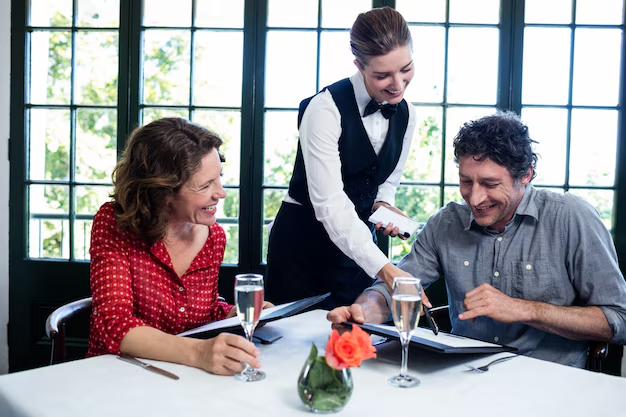
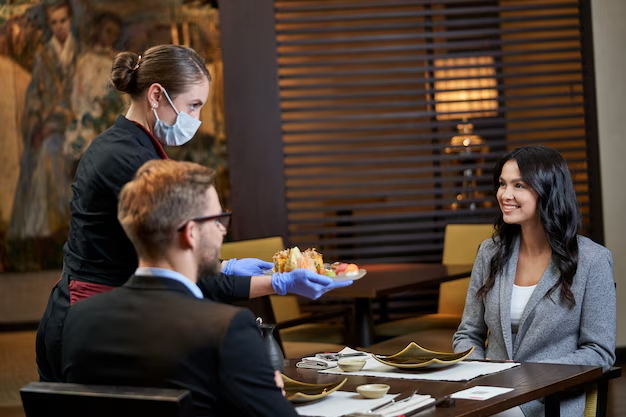
Food Cost Management: Cutting Waste and Protecting Margins
Managing food costs is an ongoing challenge, especially in a city like London where prices fluctuate daily. We track our food cost percentage meticulously, ensuring we can manage our margins while still providing an exceptional product. Food waste is a huge concern, and by monitoring our inventory and adjusting portion sizes, we reduce waste and increase profitability.
for example, at a wedding in Chelsea, we accurately forecasted food needs, customized the menu, and minimized waste—resulting in a stunning meal, delivered on time, with a strong bottom line.
Service Time Efficiency: The Clock Is Always Ticking
Every minute counts during an event. Our ability to track service time from start to finish ensures that our team is always on schedule. From the setup to the final course, we use real-time data to identify potential delays and adjust accordingly. This helps us avoid any disruption during the event and ensures that we’re always ahead of the clock.
For example, for a corporate luncheon in the City, we meticulously track the time it takes to serve each course. By refining service times over the years, we’ve become known for consistently on-time deliveries—without cutting corners.


The Key KPIs We Track to Stay Ahead in London’s Catering Market
To stay competitive in London’s catering scene, we focus on the KPIs that matter most—ensuring smooth operations and happy clients. Here’s how we use data to deliver a flawless service every time
Food Cost Percentage: A Silent Profit Killer
We track food cost percentages with a sharp eye. We know that managing this number is crucial to maintaining profitability. We use advanced inventory management systems to track food costs in real-time. This helps us adjust portion sizes, find the most cost-effective suppliers, and minimise waste.
For example, For a high-profile corporate conference, we used real-time sales data to adjust order quantities, reducing waste by 10% while maintaining quality and controlling food cost percentage.


Order Accuracy Rate: Precision is Key
Order accuracy is critical. A single mistake can negatively affect an entire event, which is why we take this KPI very seriously. By carefully tracking every order, we ensure that each dish served matches the client’s request to the letter. This attention to detail is vital to maintaining our reputation and ensuring that our clients leave the event satisfied.
For example, At a wedding reception at The Dorchester, we monitored order accuracy across service stations to ensure every guest received the right meal. Our system flagged discrepancies instantly, resulting in zero mistakes.
Implementing KPIs in Our Catering Business: A Tactical Blueprint
We’ve learned that the key to success lies in not just setting KPIs, but actively tracking and adapting based on what the data tells us. Here’s the step-by-step process we use to implement KPI tracking across our catering services.
Identify Core KPIs
We focus on core KPIs such as customer satisfaction (CSAT), food cost percentage, service time, and order accuracy. These are the metrics that allow us to maintain our reputation and deliver exceptional service to our clients.

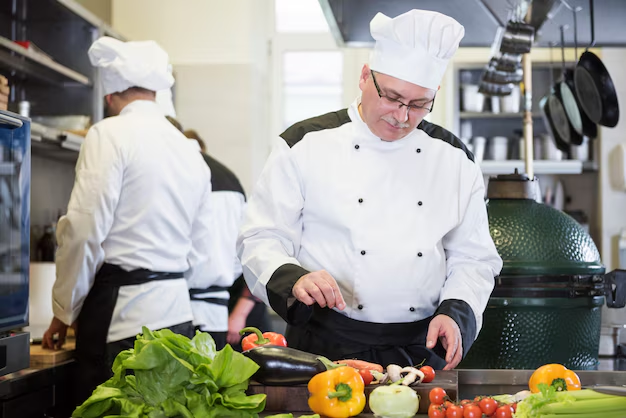
Select the Right Tools
Investing in the right tools is crucial. We use POS systems, inventory management software, and survey tools to track KPIs in real-time. These systems give us access to accurate data that allows us to make decisions on the spot, without second-guessing.
Set Specific, Measurable Goals
We set clear, measurable goals for each KPI. Whether it’s reducing food waste by 5% or improving order accuracy to 98%, having specific targets allows us to stay focused and track our progress.
Get Ready to Level Up Your Catering with KPIs
Stop guessing. Start knowing. Track what matters and transform your service with KPIs that Steer real results. Ready to cut waste, Strengthen efficiency, and leave a lasting impression? Let’s make it happen!
FAQs:
We recommend focusing on customer satisfaction, food cost percentage, service time, and order accuracy. These metrics give us a clear picture of how we’re performing and where we can improve.
Tracking food cost percentages and waste metrics allows us to forecast food needs more accurately. This reduces overproduction and helps cut down on food waste, improving profitability.
We can quickly identify areas that need improvement by measuring customer satisfaction and service efficiency. This leads to better client retention and a stronger reputation in the market.
We use POS systems, inventory management software, and customer feedback tools to gather real-time data. These technologies give us accurate insights that Lead our decisions.

